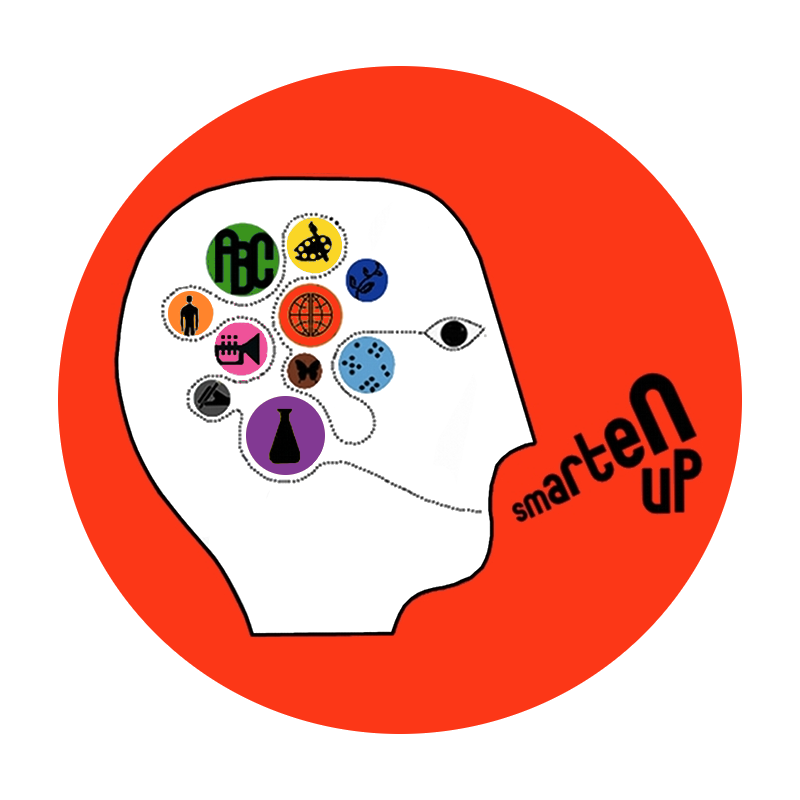Students today have more access to information than ever before. This can be both a blessing and a curse; unreliable sources are as prevalent as reliable ones and can easily mask themselves as credible, especially online. Once students begin to differentiate between reliable and unreliable sources, the next step is learning best practices for taking notes and citing sources online. While having specific and ready-to-go information at the tip of one’s fingertip can seem like a benefit, it can also lead to far more plagiarism and far less analysis and independent thought. It is important for these ‘digital natives’ to have a clear set of guidelines when collecting research, taking notes and keeping track of citations from online sources.
Once a student has established that an online source is in fact reliable (see blog post on Finding Reliable Information), he/she should create a research document. Depending on the teacher’s specifications, this document can exist online as a google document, on a word processing program such as Word or Pages, or on an old-fashioned piece of lined paper! The form doesn’t matter as much as the format; however, if using a digital document to collect research, there is more of a temptation to “cut-and-paste” information gathered online, and thus more of a risk of inadvertently plagiarizing. Students should collect online research the same way they might collect research from a physical book: read the information, jot down notes in their research document, and then analyze those notes in their own words. When students copy and paste information, either in the effort to save time, or because they believe it is articulated in a clear and concise way, they run the risk of not being able to distinguish their own words from the author’s once they incorporate their research into their essay. Any information that is pasted from somewhere else should be clearly marked as such.
On that note, it is also important that students initially group their research by source; this way, they will avoid losing track of what information came from which source, and whether it is their words or the words of the source’s author. For every source from which they collect information, notes or evidence/quotes, they should keep track of the website, the author’s or organization’s name, and if applicable, the page number. This will not only help with citations when they start the writing process, but will also save them a lot of time and energy when it comes time to create the bibliography. If research is taken from a digital PDF, the student should always download or bookmark that PDF and keep track of the same bibliographic information that they might with a physical article taken from a magazine or journal. Once the information is gathered by source, students can then go back and color code the information based on subject, in adherence with their argument. This will make it easy to transition from the research phase to the writing phase and make it easier to visualize the diversity of opinions they are analyzing.
Because it is easier to find information online, it is also easier to encounter biased information. As students collect research from different sources, they should be careful to read for language that might indicate author’s bias; this does not necessarily disqualify a source as unreliable, but it should alert the student to the need to find a different opinion or viewpoint, and to then make their own assessment of the validity of the information gathered. If an author uses “I think” or any inflammatory language to present information, it should be understood that that information is almost certainly subjective, if not biased. The same is true for fact-checking information from a source that is not a scientific journal or credible news site; facts and statistics should always be double-checked against at least two other sources before the student decides to use them in a paper.
Living in the digital age has made information accessible in a way that was never before possible. We are able to compare news and opinions from around the world and, in doing so, be more connected to the world around us. However, the saturation of information available to us also means that it can be difficult to parse out the credible information from the biases of partisan authors. It will take some practice and digital fluency to be able to fully distinguish between reliable and unreliable sources, but our most important tool is patience and perseverance; by searching for and finding a diversity of opinion and news, and then taking notes in a way that does not mirror those words found online, students will have a much higher chance of having a complex and well-thought out argument that in no way plagiarizes someone else’s work, whether credible or not.
